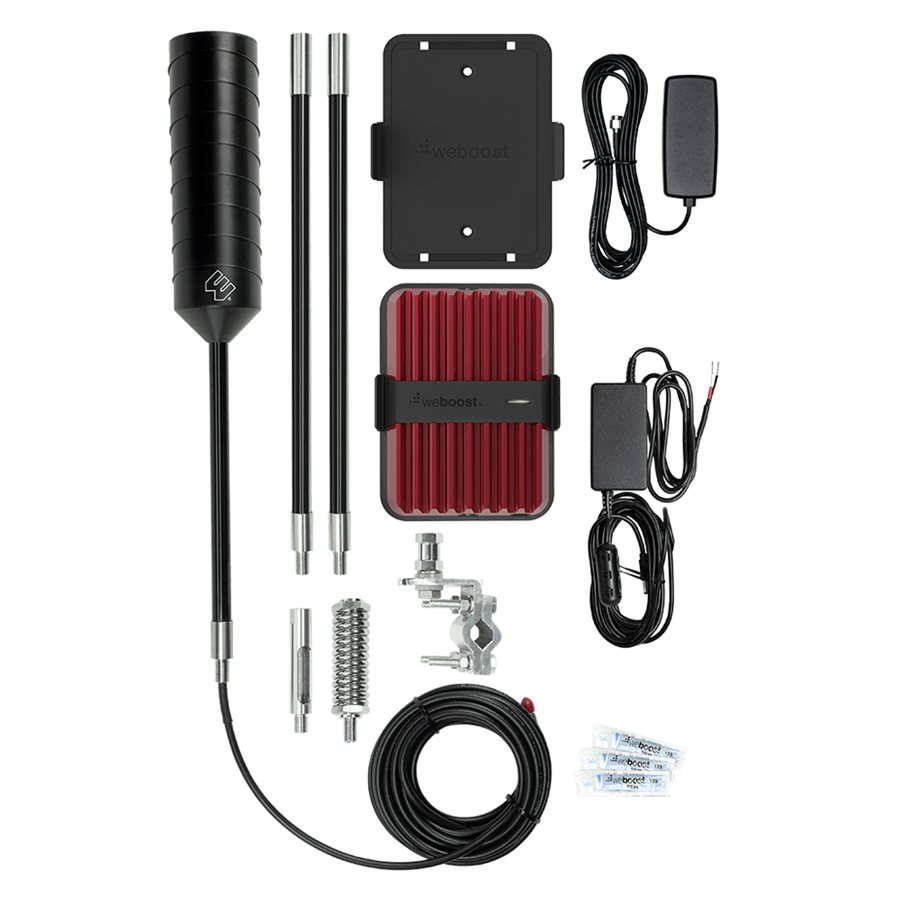

The lower the first number in the ratio, the more power is delivered and the less is reflected.

⁵ Voltage Standing Wave Ratio (VSWR, “viz-wer”) is a ratio that describes how well the antenna’s impedance is matched to the impedance of its transmission line (coaxial cable). Small antennas are often only efficient in a narrow frequency range and more susceptible to having negative gain outside that range. The antenna sends and receives it’s just not as efficient in the frequency range where it has negative gain. ⁴ Negative gain indicates that the antenna does not radiate as well as a theoretical isotropic antenna.

Some antenna manufacturers prefer to publish nominal gain figures instead of peak gain figures. Since the direction of peak gain may not be the direction of the cell tower, peak gain figures should be used cautiously an antenna will most often not be sending/receiving at peak gain. ³ Peak gain is an omnidirectional antenna’s maximum gain in its most efficient direction. Some antenna manufacturers prefer to publish peak gain figures instead of nominal gain figures. Some directions will have higher than nominal gain (see peak gain, below) other directions will have less than nominal gain. Nominal gain is the average of the antenna’s gain in all directions. ² Omnidirectional antennas send and receive signal in all directions, but they have more gain (are more efficient) in some directions and have less gain (are less efficient) in others. The decibel scale is logarithmic: An increase of 3 dBi is double the gain, an increase of 10 dBi is ten times the gain, and an increase of 20 dBi is one hundred times the gain. ) Antenna gain is measured in decibels (isotropic) ( dBi), which is the gain of the antenna compared to the gain of a theoretical isotropic antenna that uniformly distributes energy in all directions, calculated in decibels. ¹ Gain describes how well the antenna diverts, directs, or concentrates radio waves into electrical power (when it’s receiving) and electrical power into radio waves (when it’s sending).


 0 kommentar(er)
0 kommentar(er)
